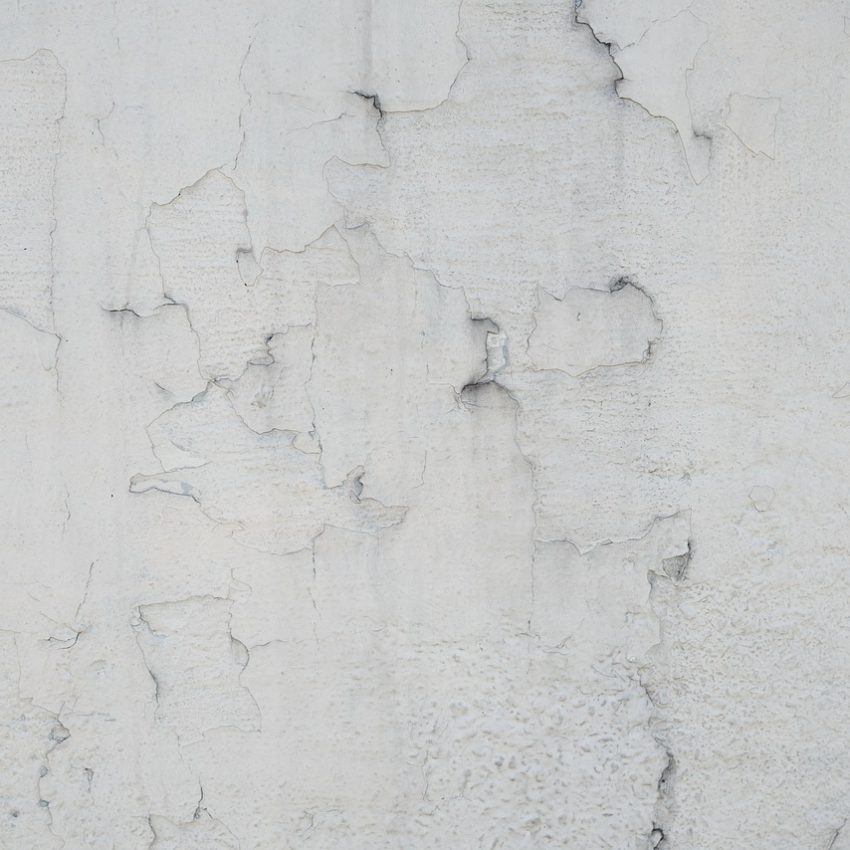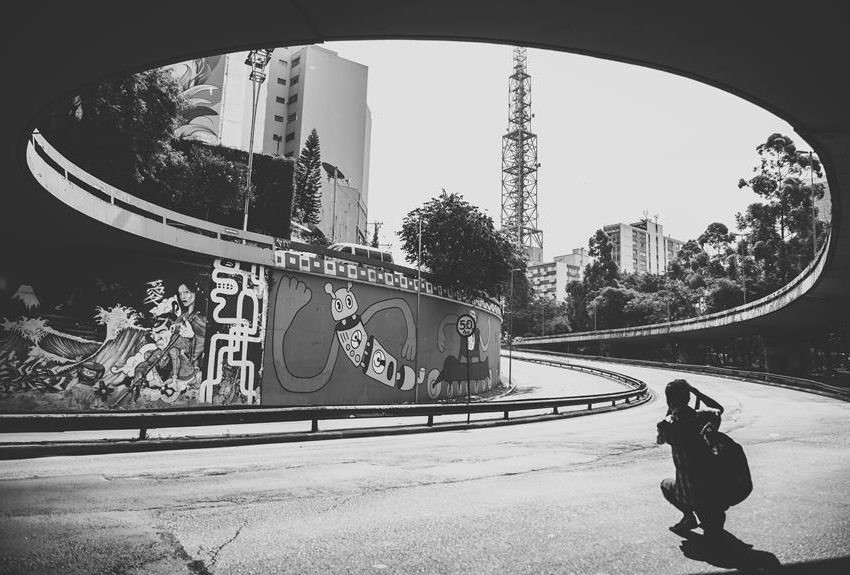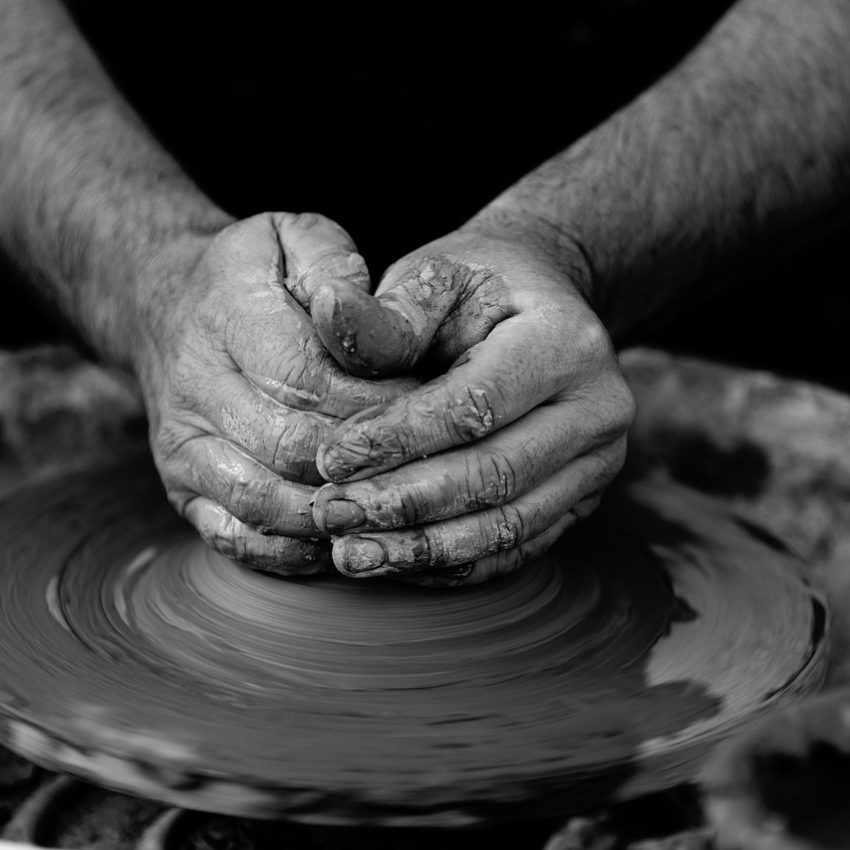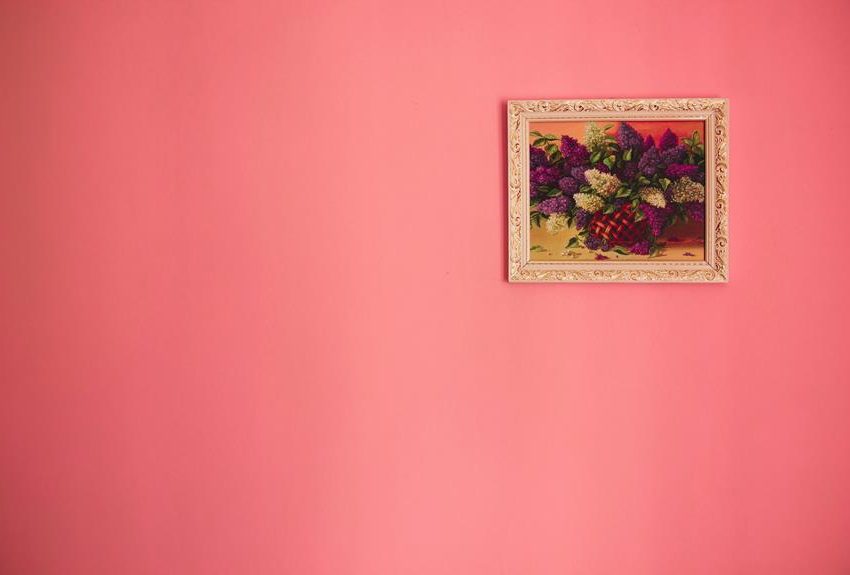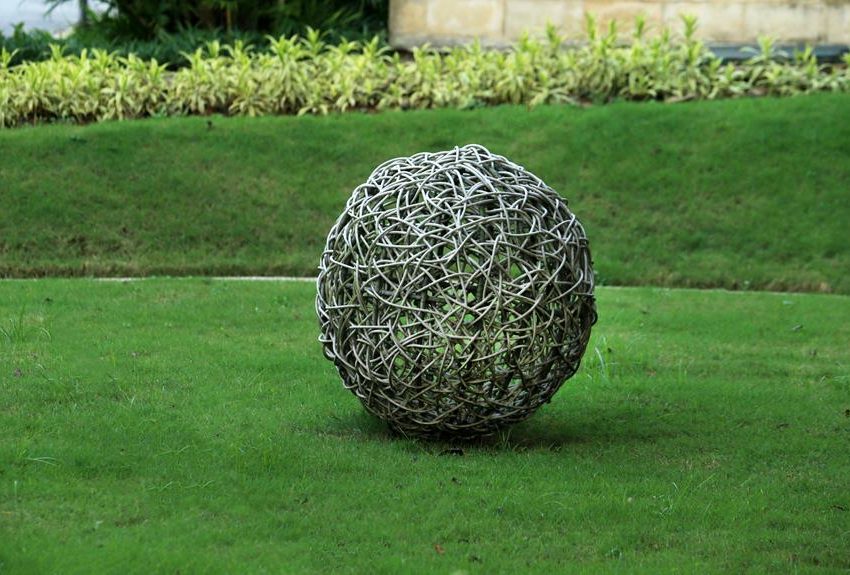Katarzyna Kobro
Rediscovering the Avantgarde Sculptor and Artist
Katarzyna Kobro, a significant figure in the Polish avant garde movement, remained largely undiscovered beyond Poland for an extended period despite her substantial contributions to modernism.
Born in Moscow in 1898 to a Russian mother and a German-Latvian father, she relocated to Poland in 1922 alongside her husband, the painter Władysław Strzemiński.
Kobro was a co-founder and member of prominent national and international artistic collectives, such as Blok, Praesens, the A.R. Group, and Abstraction-Création.
She garnered recognition for her innovative “spatial sculptures,” which seamlessly integrated elements of Constructivism, architecture, and sculptural forms.
Today, Kobro is increasingly acknowledged as one of the most eminent female sculptors of the 20th century.
Early Life & Work of Katarzyna Kobro
Early Life & Work of Katarzyna KobroWładysław Strzemiński
Katarzyna Kobro began her artistic journey in 1917, studying sculpture at the Moscow School of Painting, Sculpture, and Architecture.
This was amidst the turmoil of the Revolution before continuing her education at the Free State Art Studios in 1918.
By 1920, she had relocated to Smolensk, immersing herself in the vibrant artistic community revolving around Kazimir Malevich (1878-1935).
During her time in Smolensk, Katarzyna Kobro not only taught sculpture at the School of Ceramics but also lent her talents to designing theatre sets and posters.
Her multifaceted involvement in the arts community demonstrates her passion and dedication to her craft.
Here, she married painter Władysław Strzemiński (1893-1952) and established the local UNOVIS, an association of Russian artists initially led by Malevich.
Avant garde
In 1922, Kobro and Strzemiński left the Soviet Union for Poland, settling in the industrial town of Łódź.
Their presence in Łódź quickly established them as pivotal figures in the Polish avant garde scene, where their art, theoretical writings, and advocacy for modern art.
Over the following years, Kobro actively participated in various artistic groups such as Blok (1924), Praesens (1926), Awangarda rzeczywista (1929), and Abstraction-Création (1931), co-founding some of them and contributing to manifestos that shaped avantgarde discourse.
a.r. group
1926, Kobro co-founded the Praesens Group alongside architects Bohdan Lachert and Szymon Syrkus.
Undeterred by artistic differences, Kobro courageously departed from the group in 1929, a testament to her unwavering commitment to her artistic vision.
Subsequently, Kobro, together with her husband Strzemiński, painter Henryk Stażewski, and poets Jan Brzękowski and Julian Przyboś, founded the a.r. Group, a pivotal moment often interpreted as the emergence of the ‘Revolutionary Artists’ or ‘Real Avantgarde.’
Her influence extended to the cultural landscape of Łódź through her pivotal role in the founding of the Museum of Art.
In 1932, she and Strzemiński joined the Abstraction-Création group, further solidifying their presence in the international avant garde scene and contributing to the discourse on abstract art.
Additionally, Kobro’s commitment to avantgarde principles was underscored by her endorsement of the 1936 Dimensionist Manifesto, a groundbreaking publication spearheaded by Jean Arp, Marcel Duchamp, and László Moholy-Nagy.
Spatial Sculpture
From 1930 onwards, Kobro played a significant role in developing the Łódź Collection of Modern Art, which opened its doors in 1931 and became the second collection after Hanover.
During this prolific period between 1922 and 1939, she produced her renowned “spatial sculptures,” characterised by their fusion of architectural elements, sculptural forms, and constructivist aesthetics.
In 1931, Kobro and Strzemiński significantly contributed to avantgarde discussions by publishing Kompozycja przestrzeni.
Obliczanie rytmu czasoprzennego” (“Composition of Space. Calculations of Spatio-temporal Rhythm”). However, the outbreak of World War II ushered in difficult times, marked by austerity measures and challenges to artistic freedom.
Despite hardships, Kobro continued her artistic pursuits but faced obstacles, including being denied membership in the Association of Polish Artists in 1946, significantly impacting her livelihood.
Following her separation from Strzemiński in 1947 and confronted with financial difficulties, Kobro supported her family by crafting felt toys and briefly working as a teacher.
She also faced political accusations, leading to a prison sentence in 1949, later overturned on appeal.
Despite these tribulations, Kobro’s dedication to her art remained steadfast, continuously influencing the abstract art scene.
She donated much of her pre-war work to the Łódź Museum of Art in 1945, with a retrospective exhibition of her work held in 1956 at the Muzeum Sztuki in Łódź after a period of political relaxation.
Since then, her work has been the subject of extensive research and exhibitions, securing her legacy as a pioneering figure in modern sculpture.
Style
Kobro emerged as one of the foremost avant garde artists of the interwar period, deeply influenced by Constructivism.
Rejecting notions of Aesthetics, individualism, and subjectivism, she championed absolute objectivism of form, a principle highly evident in her work of art.
Her primary objective lay constructing abstract artworks governed by universal and objective principles unearthed through experimentation and spatial analysis.
Central to Kobro’s artistic vision was the conceptualisation of infinite space, an idea that resonates with the principles of abstract sculpture.
She envisioned space as a seamless expanse devoid of focal points or reference markers, like the origin of a coordinate system.
Consequently, her artistic pursuit revolved around organizing space in a way that transcended the traditional dichotomy of space within form and external space.
Instead, her works aimed to harmonise with space, allowing it to permeate and coexist within the artwork.
Legacy
Kobro’s distinctive spatial compositions profoundly impacted numerous modern artists, including the Belgian sculptor and painter Georges Vantongerloo, whose sculptures underwent significant evolution during the 1920s and 1930s under Kobro’s influence.
Her works have been showcased in prestigious museums such as the Centre Pompidou, Museo Reina Sofia, Museum of Modern Art, Moderna Museet Malmö, and Whitechapel Gallery.
On December 12, 2012, the International Astronomical Union honoured Kobro by naming a crater in the southern hemisphere of Mercury after her.
Furthermore, on January 26, 2022, Google commemorated Kobro’s 124th birthday with a special Doodle, highlighting her enduring impact on art and culture.
Conclusion
In conclusion, Katarzyna Kobro’s legacy as a pioneering figure in avant garde art is undeniable.
From her early years studying sculpture in Moscow to her pivotal role in shaping the Polish avant garde alongside her husband, Władysław Strzemiński, Kobro’s journey encapsulates the integration of spatial rhythm and scientific advances into visual art.
Her conceptualisation of infinite space and the shaping of form within it, evident in works like “Kompozycja Przestrzenna,” continues to inspire artists worldwide.
Kobro’s contributions to the avant garde art scene, including her involvement in the Dimensionist Manifesto, underscore her influence and innovation.
As a leader of the Polish avant garde and a key figure in the shaping of form in space, Kobro’s impact on the visual arts reverberates through museums such as the Museum of Art in Łódź and the Kunstmuseum Den Haag.
Through her spatial constructions and abstract sculptures, Kobro transcended boundaries, leaving an indelible mark on the world of art and cementing her place as a visionary artist of the 20th century.
